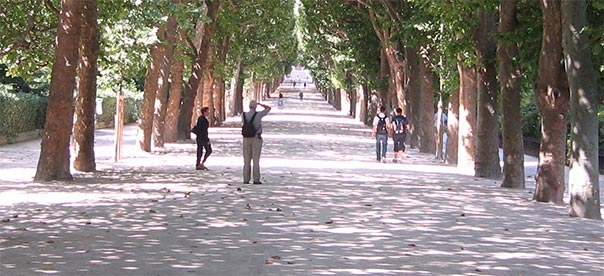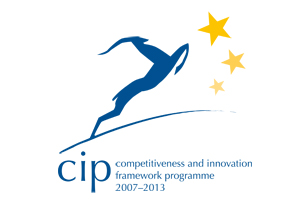 D. Maximize benefits to the environment and minimize negative impacts
D. Maximize benefits to the environment and minimize negative impacts
 |
|
| GSTC HTO | |
|
Environment Benefits and Impacts |
|
D Environmental Benefits and Impacts |
|
|
D Maximize benefits to the environment and minimize negative impacts. |
|
D. Maximize benefits to the environment and minimize negative impacts.
|
























































